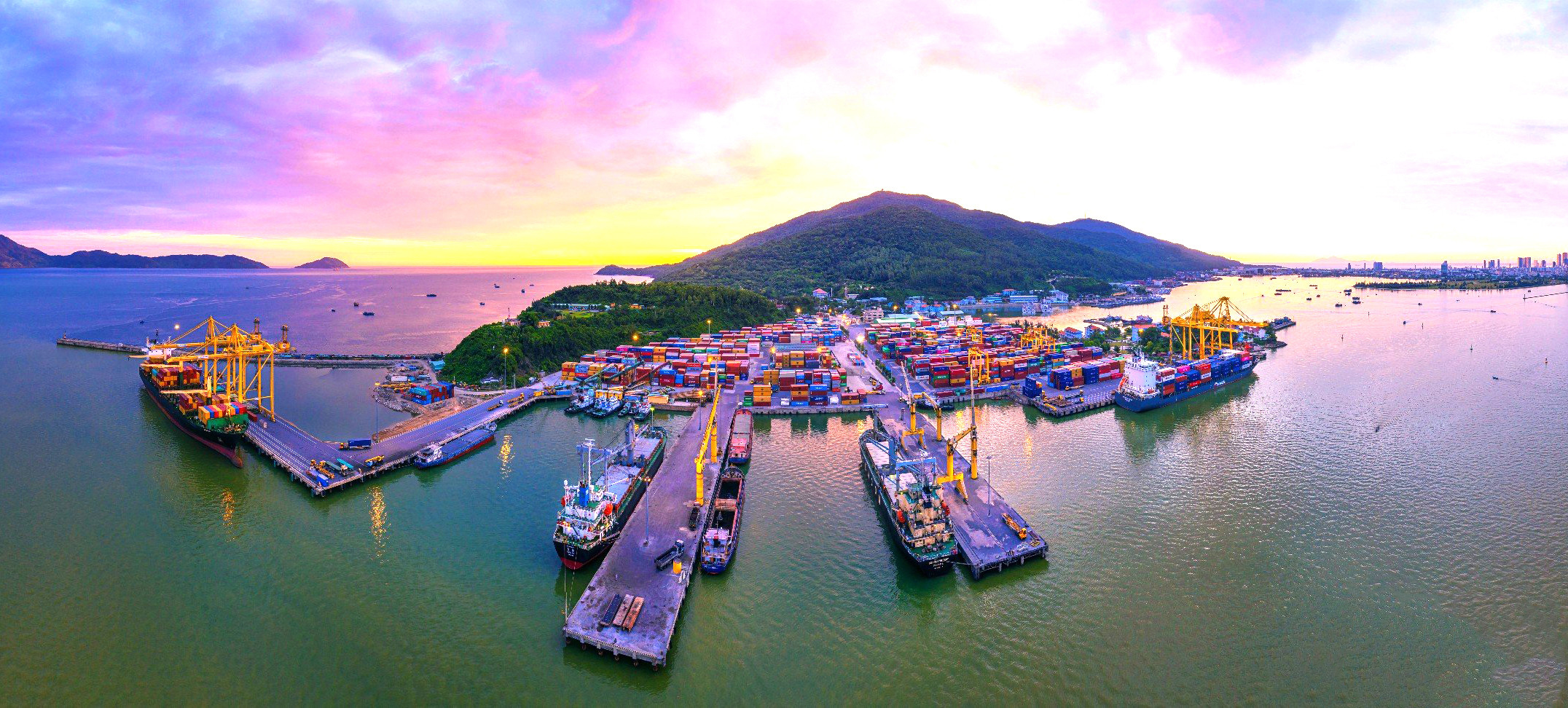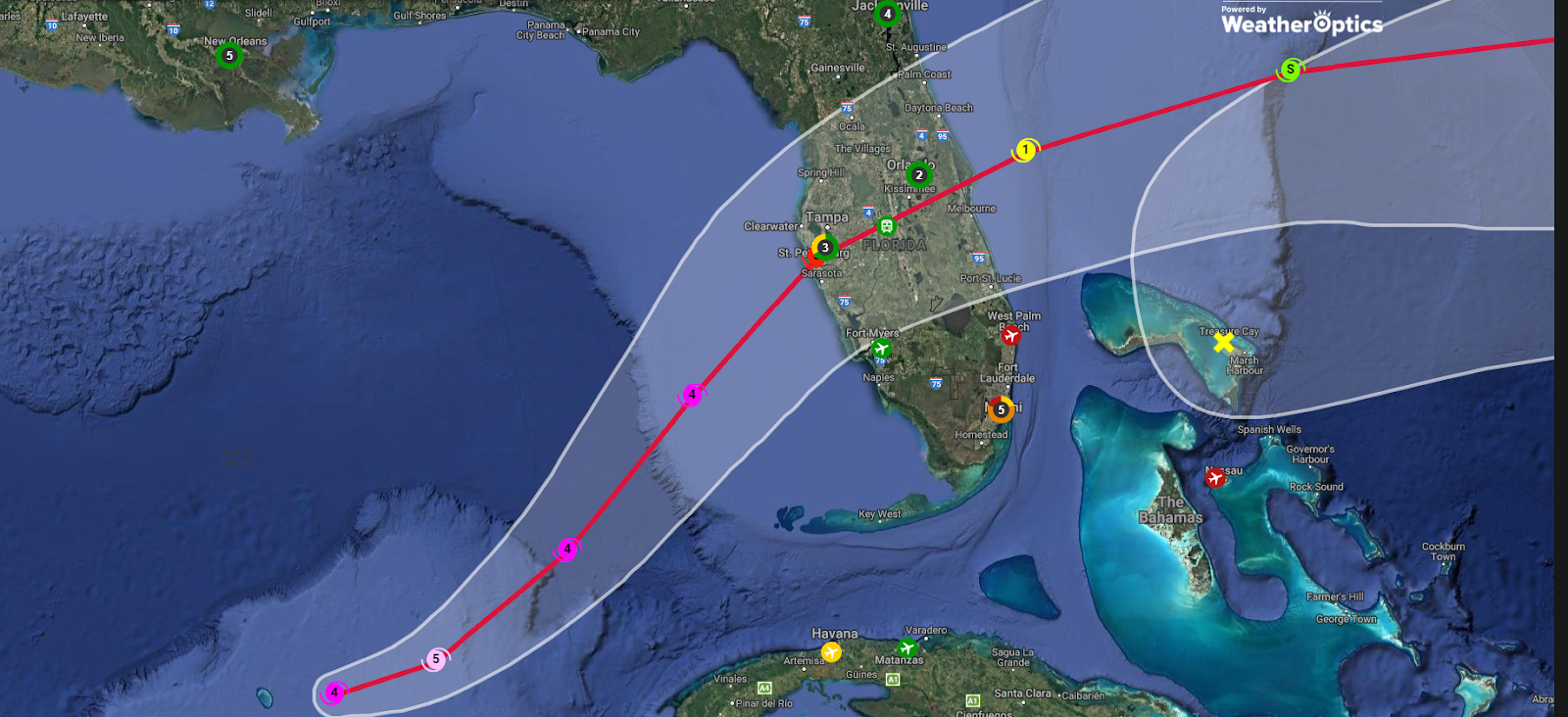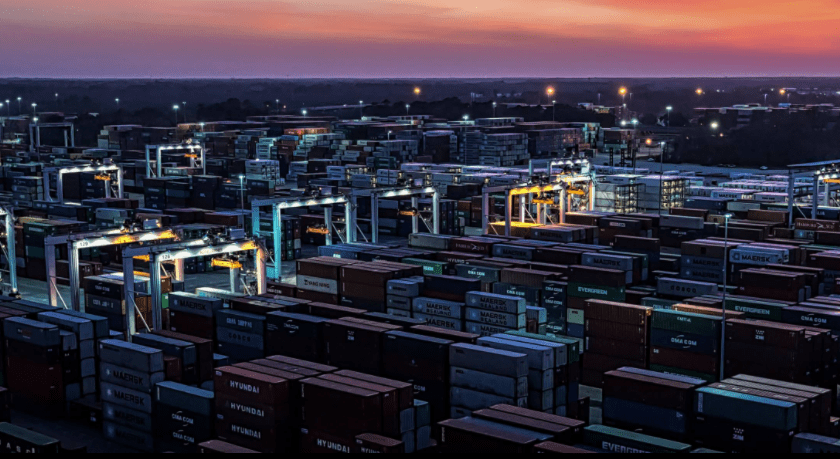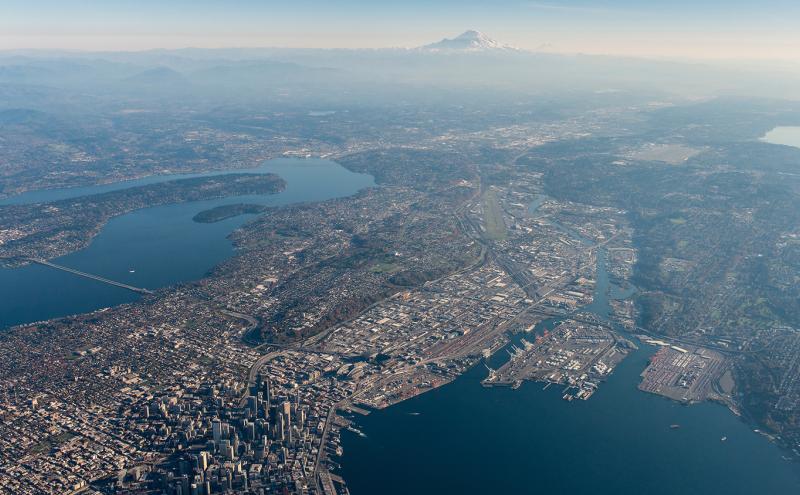The logistics landscape in Vietnam and across Asia is rapidly evolving, fueled by a mix of economic growth, technological advancements, and shifting supply chain demands. Below are some in-depth insights into these changes and their implications:
Vietnam's Expanding Logistics Sector and Its Hurdles
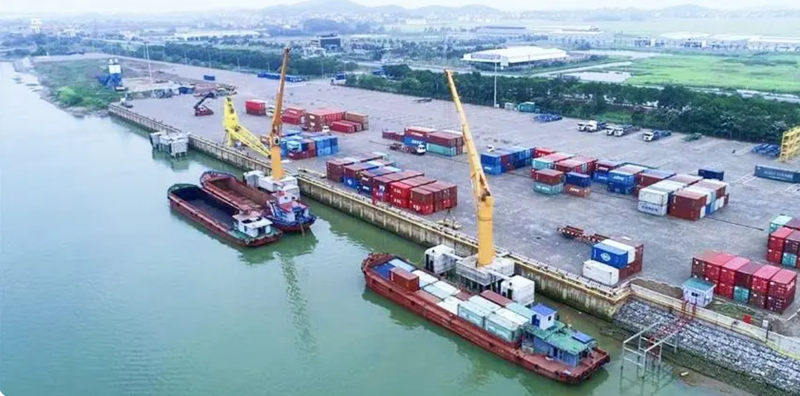
Vietnam's logistics industry is on a growth trajectory, driven by robust economic development, rising trade activity, and the country's strategic location within global supply chains. As manufacturing shifts to Vietnam due to its competitive labor costs, favorable trade agreements, and improving infrastructure, the logistics sector is witnessing a surge in demand. To accommodate this, the government has made significant investments in transportation infrastructure—roads, railways, and ports—to alleviate congestion and enhance interregional connectivity. These efforts are intended to make Vietnam a more attractive hub for international trade and manufacturing.
Despite this growth, the sector faces considerable challenges. One of the most pressing issues is the high logistics costs, which currently represent a significant percentage of Vietnam's GDP. In addition, the industry remains highly fragmented, with limited warehousing capacity and inefficiencies in last-mile delivery services. To address these challenges, the government has set an ambitious goal to reduce logistics costs to 16-20% of GDP by 2025. Their strategy includes infrastructure improvements, regulatory reforms, and increased adoption of digital technologies.
The Impact of E-Commerce and Digital Transformation in Southeast Asia
The rise of e-commerce has been a game changer for the logistics sector across Southeast Asia, and Vietnam is no exception. The region's rapidly expanding online retail market has created a pressing need for improved last-mile delivery services, automated warehousing solutions, and greater supply chain efficiency. Companies are responding by adopting cutting-edge technologies such as artificial intelligence (AI) for demand forecasting, automated warehouses, and blockchain to enhance transparency in the supply chain.
In Vietnam, leading companies are embracing digitalization to optimize their logistics operations. For example, VinFast, an emerging player in the automotive industry, uses real-time tracking and predictive analytics to streamline its supply chain and improve production efficiency. Additionally, the growth of financial technology (fintech) solutions in Vietnam is simplifying cross-border payments, further enhancing the overall logistics process. These innovations are not only helping businesses meet rising consumer expectations but also positioning Vietnam as a key player in Southeast Asia's digital economy.

China's Belt and Road Initiative and Its Influence on Regional Logistics
China's Belt and Road Initiative (BRI) continues to be a significant force shaping logistics across Asia. This ambitious infrastructure project, aimed at enhancing regional connectivity through massive investments in roads, ports, and railways, is particularly impactful in countries like Vietnam, Laos, and Cambodia. By improving cross-border trade routes, the BRI is fostering greater economic cooperation and expanding trade opportunities throughout the region.
However, the initiative is not without controversy. Concerns over debt sustainability and the environmental impact of these infrastructure projects have sparked debates among policymakers and economists. Despite these concerns, the BRI is reshaping regional logistics, making it easier for countries to participate in global trade and improve supply chain efficiency.
In addition to the BRI, China's evolving trade policies and the development of new economic zones, such as the Greater Bay Area, are influencing logistics flows in Asia. With a growing emphasis on sustainability, China’s focus on green logistics is encouraging neighboring countries, including Vietnam, to adopt environmentally friendly practices, such as the use of electric vehicles and renewable energy solutions in logistics operations.
Emerging Trends and Future Outlook
Several key trends are expected to shape the future of logistics in Vietnam and Asia more broadly:
- Sustainability and Green Logistics: As awareness of environmental issues grows, companies are increasingly focused on sustainable logistics solutions. This includes the adoption of electric vehicles for transportation, reducing carbon emissions, and embracing circular supply chain models that prioritize recycling and waste reduction.
- Cold Chain Logistics: The demand for cold chain logistics is rising, especially in sectors like pharmaceuticals, agriculture, and food distribution. As the need for the transport and storage of temperature-sensitive goods grows, investments in cold storage facilities and refrigerated transport solutions are expected to increase across Vietnam and its neighboring countries.
- Regional Trade Agreements: Trade agreements such as the Regional Comprehensive Economic Partnership (RCEP) are set to boost regional trade by reducing tariffs and streamlining customs procedures across Asia. These agreements will make cross-border trade more efficient and cost-effective, further enhancing the region's logistics capabilities.
- Technological Advancements: The logistics industry is increasingly leveraging digital technologies such as AI, machine learning, and Internet of Things (IoT) devices to optimize operations. From predictive analytics to real-time tracking, these innovations are improving efficiency, reducing costs, and providing businesses with valuable insights to better manage their supply chains.
Conclusion
The logistics sector in Vietnam and across Asia is poised for continued growth, driven by regional economic development, technological innovation, and evolving consumer demands. However, companies must navigate significant challenges, including high costs, infrastructure bottlenecks, and environmental concerns. By investing in digital transformation, sustainability, and infrastructure improvements, Vietnam and its neighbors can fully capitalize on the opportunities that lie ahead and solidify their positions in the global logistics landscape.

